Many cyclists need to transport their bikes by car to reach routes, races, trips, etc. Here, we are going to take a look at the best options available for practical and safe bike transport.
If there is room, transporting your bike inside your car is an option. However, if it is in the same area as the passengers, rather than in the boot, it poses a significant risk to the occupants in the event of an accident. For this reason, the bike should be secured to keep it in place.
Another disadvantage of taking it inside the car is if the bike is dirty and you are unable to clean it before the journey back.
Most cyclists prefer to use a bicycle rack for transport and here, we are going to look at the different types available and the pros and cons of each, to help you choose the most suitable one for your needs.
Types of Bike Racks
Bike racks are usually classified according to where they are anchored on the car: the roof, the boot or the towbar..
Roof Bike Racks
These are the most popular. Some are attached with suction cups, such as those by Treefrog and do not use a mechanical anchor system, but the two most widespread systems are attached to the car roof bars:
- With two-wheel attach, the whole bike is supported on a central rail with a frame support and wheel straps.
- Fork and rear wheel attach. In this case, the attachment is more solid and prevents vibration. The overall size of the system is reduced, although it requires the front wheel to be dismantled which has to be put inside the car or fastened with an additional system to the bike itself.
Pros
- They start at very affordable prices, although we do not recommend skimping on the budget, both for safety during transport and to prevent theft. It is essential that they have locks both on the roof bar and bike attachments.
- They are simple to install and comply with the legal regulations relating to loads, so you do not have to worry about the car dimensions, as they never exceed the length or width of the vehicle, and are well within the height restrictions.
- They can be left assembled after use and take up little space when stored.
Cons:
- They increase the aerodynamic drag, noise and fuel consumption of the vehicle.
- It can be tricky to position the bike on high cars, vans and SUVs, as it has to be lifted onto the roof.
- The height prevents access to garages, indoor car parks and some toll booths, so you need to be very careful when driving.
Towbar Bike Racks
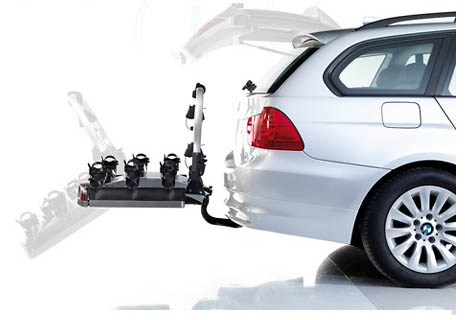 Image by Atera
Image by AteraInstalled on the tow ball of the vehicle, these racks either have a platform or hanging design, which are simpler and cheaper. Platform racks have a load capacity of up to 4 bikes and usually allow access to the luggage compartment by tilting the rack, even with the bikes loaded.
Pros:
- Towbar bike racks are easy and comfortable to install on towbars with quick release systems and, once mounted, both the anchoring system and the height of the rack make it extremely comfortable to mount and dismount the bikes.
- Their rear position means the aerodynamics of the vehicle are barely affected, so fuel consumption does not increase, and the bikes have greater protection from wind and possible impact.
- These racks do not alter the height of the vehicle, so height restrictions at tolls or garages are not an issue.
Cons:
- They have a higher price and it requires installing a towball, increasing the budget required, if your vehicle does not already have one. They also need to be fitted with number plates. rear lights and one or two V20 plates.
- They increase the length of the vehicle, and although this is less problematic than raising the height, caution is required when driving and manoeuvring.
- They are bulky, which makes them harder to store and transport and they take up practically the whole boot of a car. The more modern folding models are considerably less bulky.
Boot Bike Racks
This method is a mid solution between roof-mounted and ball-mounted racks and are attached to the tailboard on vehicles with this option.
 Image by Thule
Image by ThulePros:
- They are more economical than towbar models and there is no need to get to get a towball fitted.
- The load capacity, up to 4 bicycles depending on the model, is similar to the capacity of towbar bike racks and has a more accessible height than the roof bike racks.
- Its rear position, while not as aerodynamic as the towbar model, causes less drag and noise than roof bike racks.
Cons:
- Number plates and lights are required, if they cover those on the car, as well as V20 plates.
- Access to the boot is difficult and sometimes impossible when the bikes are loaded.
- They are not compatible with all car models or with spoilers and other aerodynamic accessories. The compatibility should be checked with the manufacturer's guidelines.
We hope that, after reading the pros and cons of the different options for bike transport, you will have enough information to choose the right bike rack for your needs.
Other related articles and videos


 Image by Thule
Image by Thule
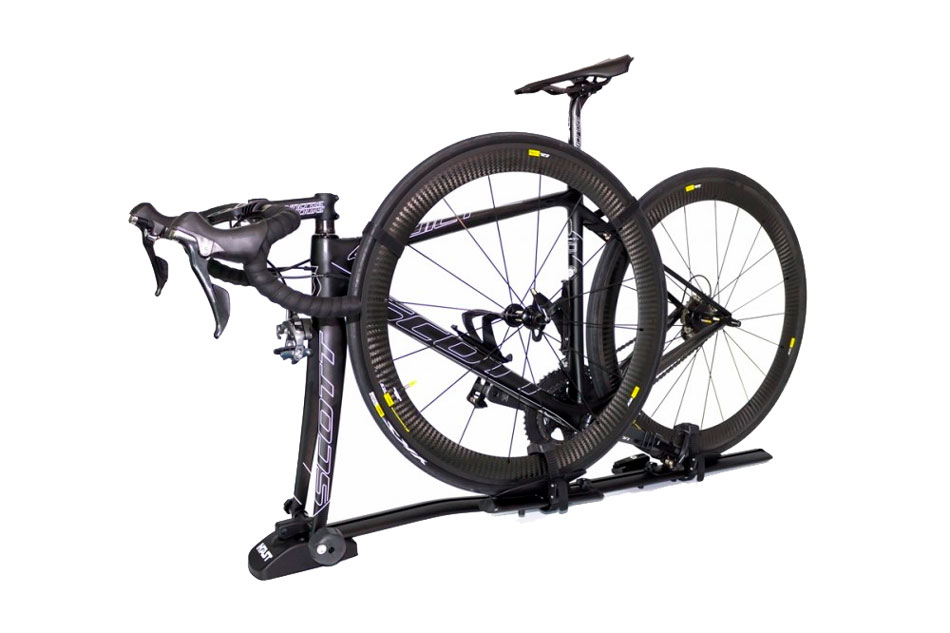
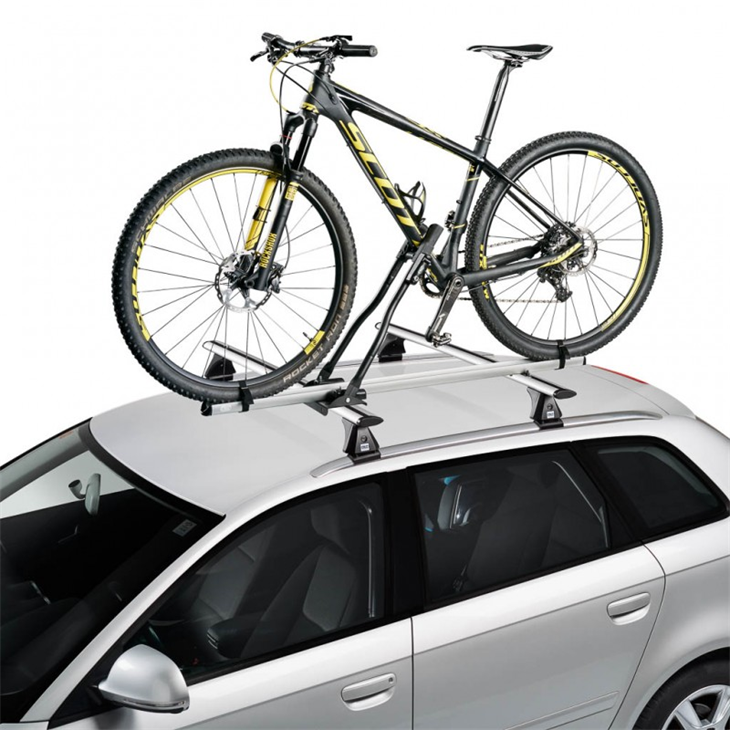
 Image by Atera
Image by Atera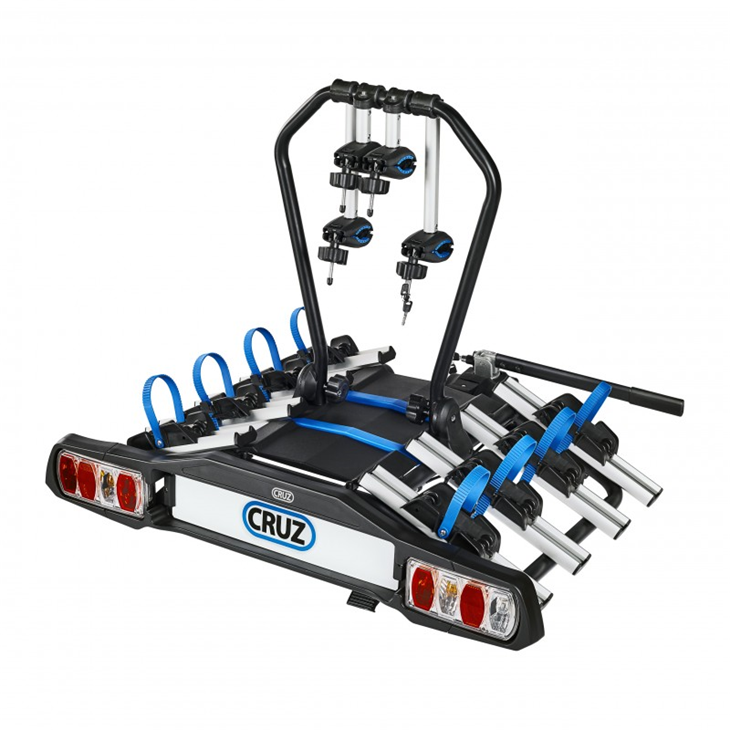
 Image by Thule
Image by Thule
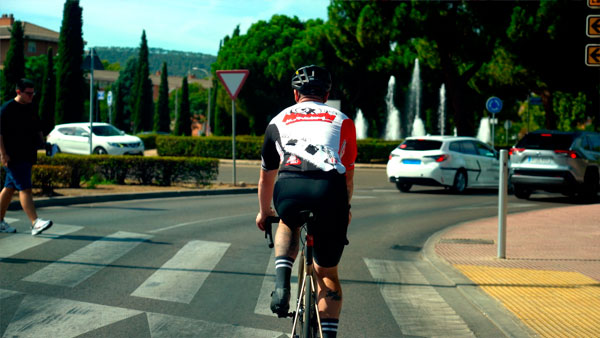

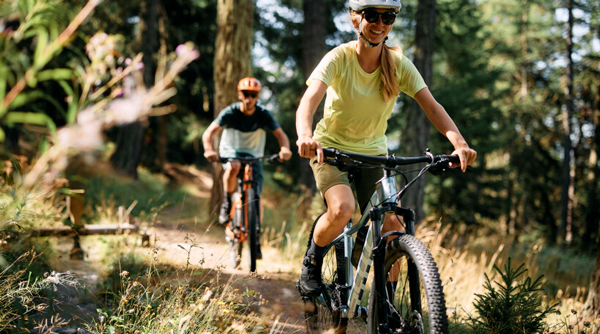

Leave a comment
Be the first to comment on this article.